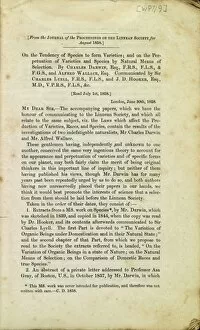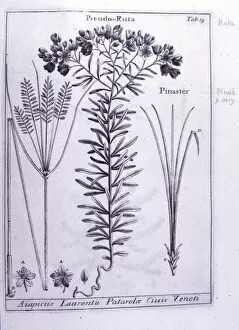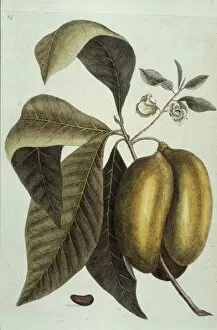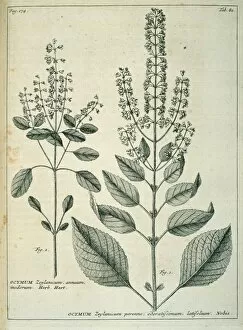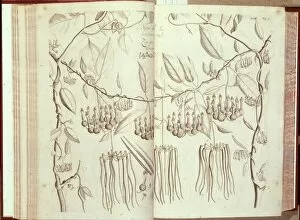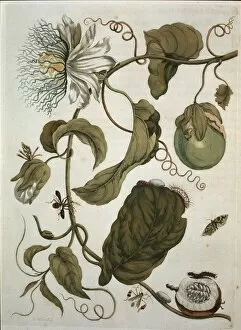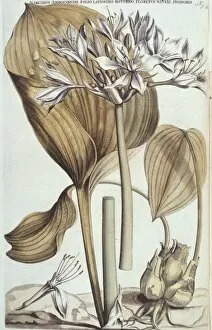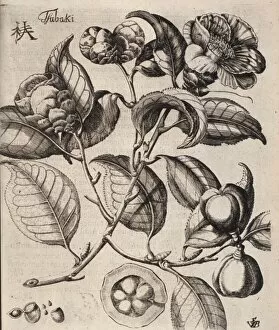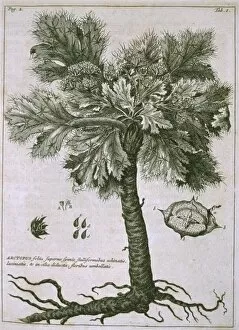Linnaean Collection (#6)
"Discovering Linnaean Wonders: A Journey through Time" Step back in time with a plate dated 1793, as we explore the enchanting world wonders
For sale as Licensed Images
Choose your image, Select your licence and Download the media
"Discovering Linnaean Wonders: A Journey through Time" Step back in time with a plate dated 1793, as we explore the enchanting world wonders. Amongst them, the delicate Twinflower or two-flowered linnaea (Linnaea borealis) captivates us with its dainty beauty. As we delve deeper into this captivating realm, our eyes are drawn to the mesmerizing Blue lotus of the Nile (Nymphaea caerulea), an aquatic marvel that exudes tranquility and grace. Moving forward, we encounter the aromatic Sweet gale or Dutch myrtle (Myrica gale), which has long been admired for its medicinal properties and delightful fragrance. Our journey continues along coastal landscapes where Thrift (Armeria maritima) thrives, painting vibrant hues across rocky shores and cliffs. Amidst these breathtaking scenes lies Sea or rock samphire (Crithmum maritimum), a resilient plant that braves harsh conditions to add a touch of greenery to coastal ecosystems. Venturing further into this exploration, we stumble upon intricate varieties of microscopic marine organisms from 1900. These lithographs offer glimpses into an unseen world teeming with diversity and complexity. Nature's artistic prowess takes center stage as we admire stunning examples from the family Trochilidae in Kunstformen der Natur from 1899. The vivid colors and intricate details leave us in awe of nature's boundless creativity. In this extraordinary collection, Nudibranchia steals our attention with their vibrant hues and striking patterns. Their presence reminds us that even within the tiniest creatures lies immense beauty waiting to be discovered. Lastly, Thuroidea captures our imagination with its otherworldly forms depicted in color lithographs from Kunstformen der Natur. These fascinating creatures remind us of nature's ability to surprise us at every turn.




